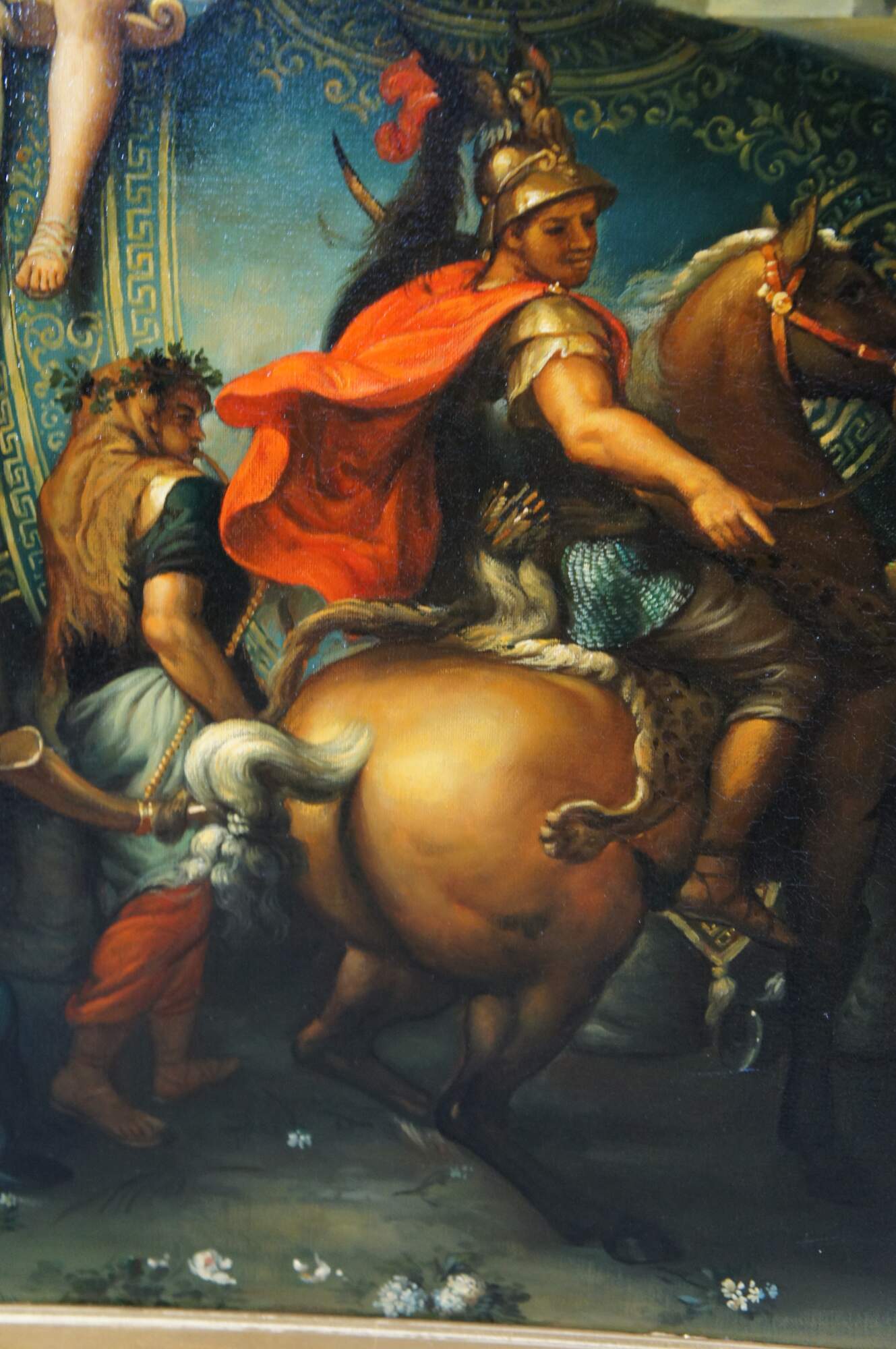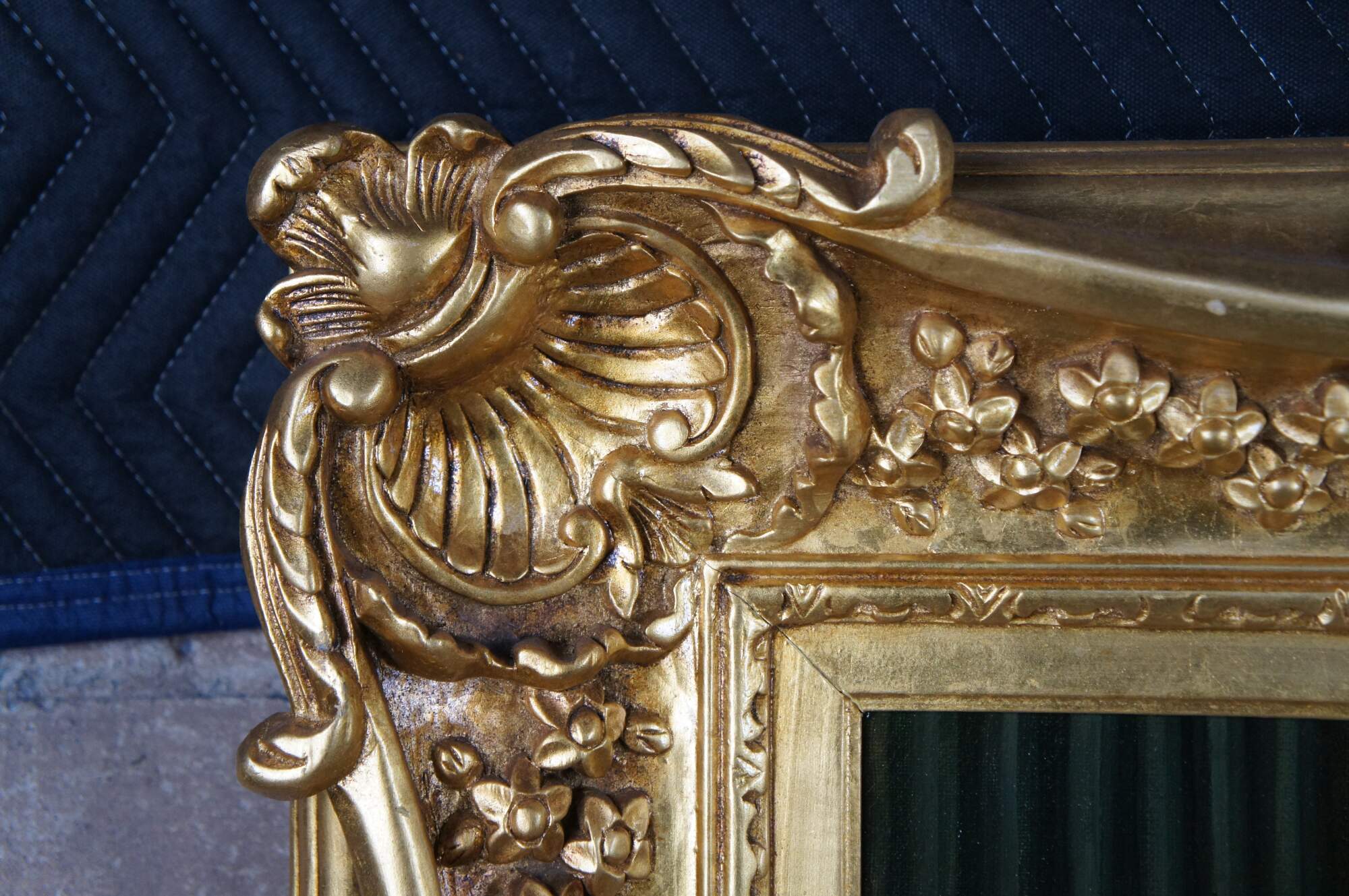
The Triumph of Alexander Entering Babylon Baroque Oil Painting Charles Le Brun
Sold
Shipping:
Free Shipping Included
Delivery:
Estimated 2-15 Business Days
Payments:
Credit Card, Check, Cash, PayPal, Apple Pay, Venmo
Returns:
30 Days 100% Money Back Guarantee, Buyer Pays Return Shipping
Description
A beautiful hand painted reproduction of Alexander Entering Babylon by Charles Le Brun. The original was created between 1661-1665 and currently is on display ath the Louvre. Features Alexander the Great triumphantly entering Babylon on his Chariot.
part of a series of four commissioned by Louis XIV from Le Brun. It is a cartoon for a tapestry woven at the Gobelins manufactory in Paris.
Alexander, who had defeated Darius III of Persia at the Battle of Issus (333 BC), foresaw another battle to take Babylon; he was surprised to see the gates of the city open to give him a hero's welcome. Le Brun depicts the moment where Alexander, holding a scepter topped by Victory in his left hand, advances in a chariot drawn by two elephants captured from Darius' army. The hero, crowned with laurel leaves, is preceded by Persian trumpeters. Next to him three men directed by a mounted warrior (perhaps Hephaestion, Alexander's friend) carry a large golden vase. In the background one can see the Hanging Gardens of Babylon; in the foreground to the left, a statue of Semiramis.
Louis XIV was interested in the story of Alexander the Great because of his own special type of megalomania could see itself reflected in the Greek past. Le Brun accordingly executed the truly colossal series of four canvasses depicting episodes from the life of Alexander the Great.
This series was considered by the artist himself to be his masterpiece. The four paintings of the series are the Passage of the Granicus, the Battle of Argela, the Entry of Alexander into Babylon and Alexander and Porus. Like so many Herculean undertakings, the paintings impressed everybody by their sheer size. Later history has not been kind to them, but even so, tremendous energy burst out of every corner of these pictures, some of which are more than twelve metres long. The source, without any doubts, is Rubens. This is not the exuberant Rubens of the Medici cycle, but the Rubens of the vast hunting scenes and tapestry cartoons. Le Brun had in effect changed sides, as he moved from modest echoes of Poussin to a full-blown eulogy of Rubens
Condition
Very Good; Gently Used
Dimensions
52" x 3.5" x 72"; canvas 40" x 60"












